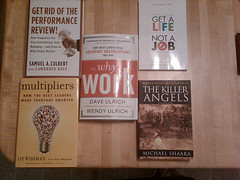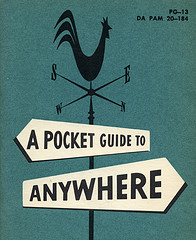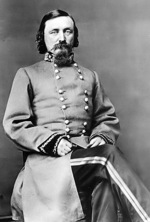I have been getting a ton of books lately, mostly sent by publishers or PR folks looking for help to spread the word about their latest works and even occasionally to pitch their authors as guests on the HR Happy Hour show.
I spent quite a bit of time in the last few days trying to work through some of the growing pile of books that have come in, and since no one (including me) wants to read a week long series of book review posts, I am going to rip off some mini-reviews of the last five books that have been sent my way.
that have come in, and since no one (including me) wants to read a week long series of book review posts, I am going to rip off some mini-reviews of the last five books that have been sent my way.
Must-reads
Get Rid Of The Performance Review - Samuel A. Culbert with Lawrence Rout
Culbert offers a no-nonsense evisceration of the traditional employee performance review as a one-sided, boss-dominated, ineffective, and emasculating process that serves almost no positive purposes. Rather than take the common position of 'performance reviews themselves don't suck, rather badly done performance reviews are the problem', Culbert recommends their total abolition, to be replaced with what he calls the 'performance preview'. The performance preview stresses looking forward, eliminating barriers to performance, and shared accountability between boss and employee.
The Why of Work - Dave Ulrich and Wendy Ulrich
In 'The Why of Work' Dave and Wendy Ulrich describe the importance of understanding the deeper motivations of employees and by extension organizations in crafting jobs, strategies, and structures that will lead to more meaningful and enduring success. This is a almost a kind of spiritual take on traditional workplace issues like job fit, teamwork, and even performance management. Dave and Wendy attempt to offer proof of the importance of organizations and leaders as 'meaning makers' and not just 'profit makers' and offer a roadmap to build those capabilities.
Good reads
Get A Life Not A Job - Paula Caliguiri
The most important message in this book is simple - there is no more loyalty between employers and employees, the 'psychological contract' between the two is forever broken, and you and you alone are responsible for your own career trajectory and satisfaction. Since no one is 'looking out for you' any longer, you have to look out for yourself, and subsequently need to craft a series of what the author refers to as 'career acts', defined as 'simultaneous and stimulating profitable activities'. There are plenty of practical recommendations for discovering motivation, professional development, and personal security.
What I did not like about the book is that is comes off a bit elitist ' I teach, I write, I consult, I give paid speeches, see I am living this story', and it also tends to send a message that the things we do for fun and leisure (hobbies, travel, blogging, whatever), now all need to have an element of 'profit' in them, or they really aren't worth pursuing. Maybe in a terrible economy that may be true, but it still is a hard pill to take.
Multipliers: How The Best Leaders Make Everyone Smarter - Liz Wiseman with Greg McKeown
In 'Multipliers', the central thesis is one that is easy to agree with - some leaders get the best out of their teams, making everyone feel able and willing to contribute their best, while others tend to actually diminish the motivation and capability of the team, mainly due to a relentless pursuit of personal power. I think most of us have encountered leaders and managers on both ends of the 'multiplier/diminisher' continuum, with most people falling somewhere in between. The book offer some solid advice for managers to better self-evaluate their own behaviors to assess their performance as leaders that need and should strive to 'raise the game' of all the team's performers.
Best Book of the Bunch
The Killer Angels - Michael Shaara
You know the story of Gettysburg, a devastatingly brutal and important battle in the American Civil War. Perhaps you have seen the movie adaptation of the book. The Killer Angels puts context and insight into the leaders and men that fought in the battle, one that holds such significance in American military and political history. A classic book, a fast and compelling read, and lessons that all Americans should understand.
Well that's it for now, until I get through the next batch of books comes in!
Note : I did receive free copies of all the above mentioned books. In exchange I promised nothing - good deal huh? Seriously, many thanks to the authors and publishers.


 Steve
Steve



